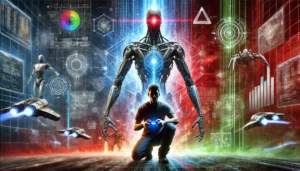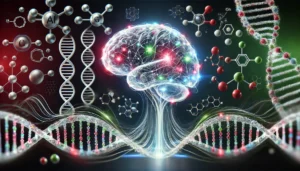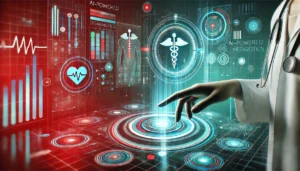US Chief Justice John Roberts used his year-end report to express cautious optimism over the developing role that AI will play in the legal system.
Before addressing the use cases for AI in administrating law, Roberts wrote about how the legal system has benefited from previously disruptive technological advancements. The willingness of judges and lawyers to adopt typewriters, photocopiers, and computers as replacements for quills and inkpots expedited and broadened access to justice.
Reflecting on how the AI models are now able to pass the bar exam, Roberts sees AI as an inevitable progression in the transformation of how lawyers and judges do their work.
Access to legal services in the US is notoriously expensive and Roberts says that “for those who cannot afford a lawyer, AI can help. It drives new, highly accessible tools that provide answers to basic questions, including where to find templates and court forms, how to fill them out, and where to bring them for presentation to the judge—all without leaving home.”
While the prospect of using AI to democratize access to legal services is promising, Roberts says there is a need for “caution and humility” in how it is used.
Without mentioning specific cases, he alluded to how the propensity for AI models to hallucinate made legal headlines for all the wrong reasons last year.
Just last week, former Trump attorney Michael Cohen had to sheepishly admit to the judge handling his case that Bard had made up the case citations he provided to his lawyer.
Hallucinations aside, the ability AI models have to wade through volumes of data is invaluable during discovery or in finding legal precedent. Roberts says that due to this capability “Legal research may soon be unimaginable without it.”
Even so, he says that the injudicious introduction of AI “risks invading privacy interests and dehumanizing the law.”
We often think of the legal system as applying a dispassionate purely logical approach to laws and cases, but there are some things that still require a human touch to pick up on the nuances of what happens in the courtroom.
“Much can turn on a shaking hand, a quivering voice, a change of inflection, a bead of sweat, a moment’s hesitation, a fleeting break in eye contact,” Roberts said. For now, humans are better at detecting and responding to these cues.
As AI becomes better at detecting sentiment and reducing hallucination we’re likely to see it become a lot more integrated into court proceedings.





